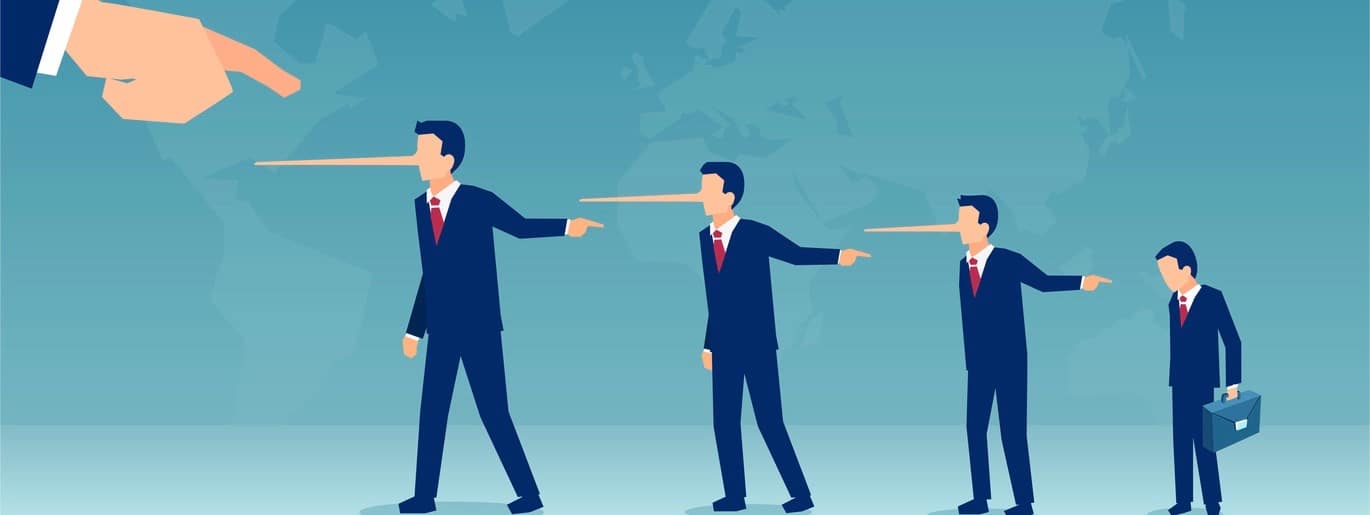During Memorial Day weekend, the Fresno Grizzlies, the AAA affiliate of the Washington Nationals Major League Baseball team, played a 3-1/2 minute “tribute” video that depicted freshman Congresswoman Alexandria Ocasio-Cortez among “enemies of the people,” right up there with Fidel Castro and Kim Jong-un. AOC continues to receive death threats, even after the team apologized.
In elaborating on this major “oops,” the Grizzlies said they didn’t produce the video, and it was carelessly pulled from YouTube by a young employee, who has been reprimanded, and has expressed remorse.
A few days later, the U.S. Navy was fielding a request from a White House staffer to move the USS John S. McCain out of view of President Trump during his recent visit to a U.S. Naval base in Japan, fearing the president would get annoyed at seeing the name of his late political foe (even though the ship is named for the senator’s grandfather and father).
After days of the administration denying the request was made, and the Navy confirming that it was, along with a leak of the actual e-mailed request, on Sunday White House Chief of Staff Mick Mulvaney went on “Meet the Nation” and addressed the issue with host Chuck Todd. Here’s what Mulvaney said:
“An advance team is hundreds of people. The fact that some 23- or 24-year-old person on the advance team went to that site and said, ‘Oh my goodness, there’s the John McCain. We all know how the President feels about the former senator. Maybe that’s not the best backdrop. Could somebody look into moving it?’ That’s not an unreasonable thing to ask.”
Todd was incredulous at the cavalier response. But not to be overlooked is the fact that Mulvaney, who oversees personnel in the most powerful office in the world, laid the blame at the feet of one of his charges, an unnamed twenty-something whom, he indicated, wouldn’t so much as get a slap on the wrist.
We’ve seen many examples of organizational blunders, frequently on social media in this day and age (who can forget the Tumblr image of the Challenger explosion highlighting a Fourth of July message from American Apparel?). Some of these, too, have been ascribed to young staffers or interns who simply didn’t know any better. Unfortunately, many of the most savvy people when it comes to social media are millennials, the first generation to grow up with Facebook, Twitter and Instagram encoded into their brain stems.
Blaming the young employee is the easy out
Who wouldn’t understand—and maybe sympathize with—the “new kid,” that college intern or that green employee straight out of college messing up, maybe by simply not knowing any better (as was the case in the offensive Challenger tweet). But neither organizations nor government offices do themselves any favors by scapegoating that individual instead of owning the problem directly. After all, who hired that employee? Who trained them? Who approved that initiative, or fostered the culture that allowed them to go out with something so potentially harmful to the organization without approval from a more seasoned employee?
And what message does that send to current and prospective young employees? “You screw up and you’re on your own, brother, cause we won’t have your back”?
Millennials are becoming fatigued from defending their work ethic, their ambition, and their smarts against persistent stereotypes. As the father of two of them, I know how hard-working and sensible they can be. So organizations, company spokespeople and yes, chiefs of staff who continue to hang them out when something goes wrong need to stop doing so, and reassess their own corporate structure and how that contributed to the mistake. They need to take ownership of the problem, as the Grizzlies initially did before adding their lame excuse.
Organizational screw-ups are just that, organizational. Blaming a sole employee—regardless of age, quite frankly—is petty, and doesn’t exhibit the contrition the organization needs to regain fans and move on.








